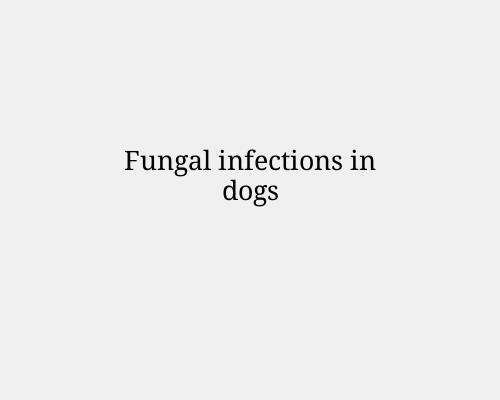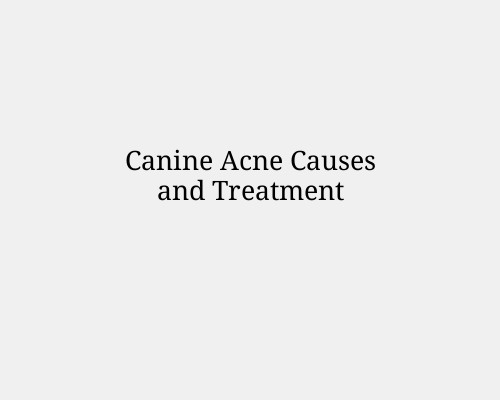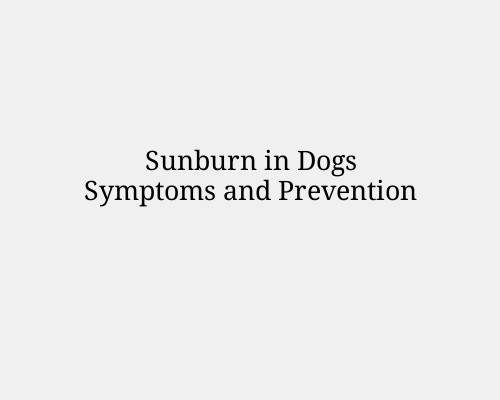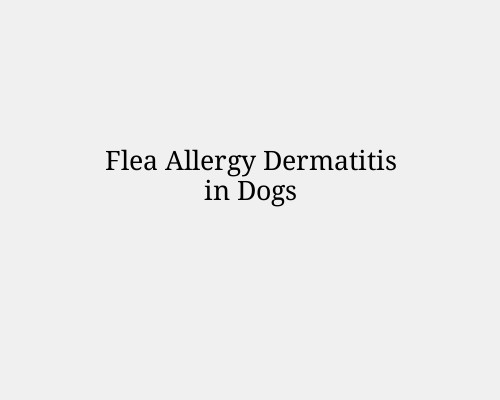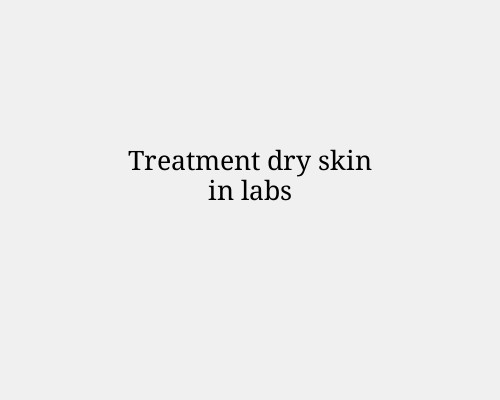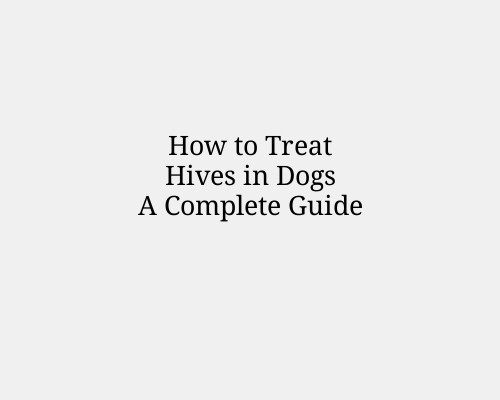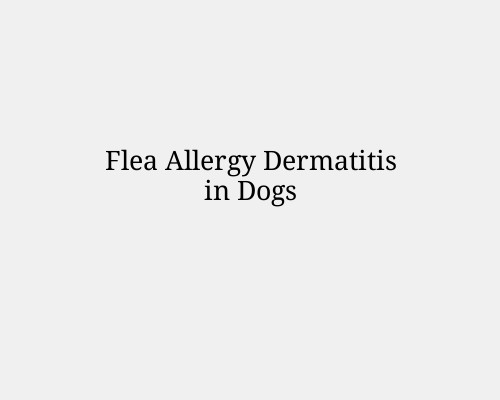Fungal infections in dogs
Fungal infections in dogs
Fungal skin infections are a common issue for dogs, often leading to discomfort and skin damage if not addressed properly. These infections are typically caused by fungi like *Malassezia* or dermatophytes (ringworm), and they can cause symptoms such as itching, hair loss, and flaky skin. Below are some of the best treatments for fungal skin infections in dogs:
Topical Antifungal Treatments
Topical treatments are often the first line of defense for fungal skin infections in dogs. These treatments can be used directly on the infected areas to combat the fungus. Commonly used topical antifungals include:
Chlorhexidine: A broad-spectrum antiseptic with antifungal properties. It’s available in shampoos, sprays, and wipes that can help soothe and treat infected areas.
Miconazole: Often found in creams, shampoos, and sprays, miconazole is effective for treating fungal infections and is a common choice for fungal skin issues.
Ketoconazole: This antifungal agent is available in both topical and oral forms, helping to combat infections both on the surface and internally.
Terbinafine: Available as a topical ointment, it’s often used for treating fungal skin infections caused by dermatophytes.
Oral Antifungal Medications
For more widespread fungal infections or those that are difficult to treat topically, oral antifungal medications might be necessary. These are typically prescribed by a veterinarian and can treat internal fungal infections as well. Common oral medications include:
Itraconazole: Used for treating fungal infections that affect multiple areas of the dog’s body. It’s typically well- tolerated but should be administered under veterinary supervision.
Fluconazole: Similar to itraconazole, fluconazole works well for deep or systemic fungal infections, including those that affect the skin.
Griseofulvin: Specifically effective against dermatophytes (ringworm), this medication is commonly used for more severe fungal infections in dogs.
Medicated Shampoos
Shampoos formulated specifically for fungal infections can be a useful addition to a treatment plan. They not only help to treat the infection but also soothe the skin and help remove any crusty or infected skin. Common antifungal shampoos include:
Selenium sulfide: Often found in medicated shampoos, selenium sulfide helps treat both yeast and dermatophyte infections.
Benzoyl peroxide: Used for its antibacterial and antifungal properties, it can help cleanse the skin and treat fungal infections.
Ketoconazole-based shampoos: These are effective for treating various fungal infections, including yeast infections, and they also help control inflammation.
Apple Cider Vinegar Rinses
Apple cider vinegar is a natural antifungal agent that can help treat minor fungal infections. Mix equal parts of water and apple cider vinegar, and apply the mixture to the affected areas. Be sure to avoid areas where your dog might have broken skin or open sores.
Essential Oils (with Caution)
Certain essential oils like tea tree oil and lavender have antifungal properties. However, essential oils should be used with caution, as some can be toxic to dogs. Always dilute essential oils properly and consult a veterinarian before use. For example, diluted tea tree oil may help treat fungal infections, but it should never be used undiluted.
Improved Diet and Immune Support
Supporting your dog’s immune system is essential in managing fungal infections. A well-balanced diet with high-quality protein, fatty acids, and antioxidants can strengthen your dog’s skin and immune system. Consider foods rich in
omega-3 fatty acids, such as salmon oil, to help reduce inflammation and support skin health.
Additionally, probiotics may help by maintaining healthy gut bacteria, which is crucial for immune function. Some supplements specifically designed for skin health can also support your dog’s recovery.
Environmental Management
Fungal infections are often worsened by environmental factors like humidity and moisture. Keeping your dog’s environment clean and dry is essential to preventing reinfection. If your dog spends time in damp or humid areas, ensure that their living space is properly ventilated. Regularly wash your dog’s bedding, toys, and anything else they frequently use to reduce the risk of contamination.
Veterinary Supervision
Always consult a veterinarian before beginning treatment for a fungal skin infection. Fungal infections can sometimes be mistaken for other skin conditions, so it’s important to have a proper diagnosis. Additionally, your veterinarian will be able to prescribe the right medications and advise you on the best course of treatment for your dog’s specific condition.
Conclusion
Fungal skin infections in dogs require timely treatment to prevent further complications. The combination of antifungal medications (topical and oral), shampoos, environmental management, and immune support can help your dog recover and restore their skin health. If the infection is severe or persistent, always seek guidance from a veterinarian to ensure the most effective and safe treatment plan.

